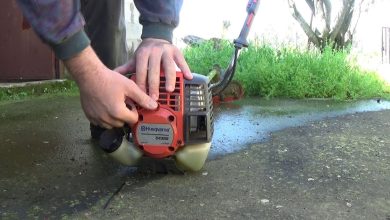Cutworm: [Characteristics, Detection, Effects and Treatment]
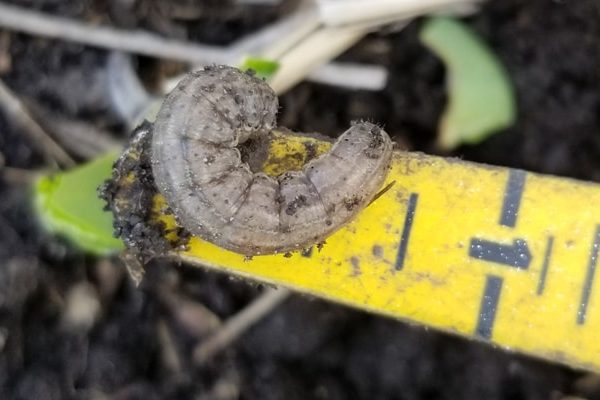
What is cutworm?
 The cutworm is the name used to identify a type of larvae belonging to several species of adult Noctuidae moths, of the Lepidoptera.
The cutworm is the name used to identify a type of larvae belonging to several species of adult Noctuidae moths, of the Lepidoptera.
They are classified as cutters because they are really effective in the work of consuming leaves and branches, which they chew at ground level, destroying stems, leaves and underground species, with the roots, which they cut with their powerful mouth system.
That is why they are considered a real pest both in agriculture and in gardening, because they destroy the entire plant when they invade it.
How can we identify it?
- They are usually green, pink, gray, yellow, brown and black, with longitudinal stripes and even spotted, with some varieties between genders.
- They are about 3 cm long.
- In the fall, the eggs hatch and hatch many hardy larvae capable of wintering in the soil and in wood – ridden places.
- They come out to eat at nightfall and when there are very cloudy days, so it will be easy to track them with the naked eye if we frequently patrol the vegetable crops and new seedlings.
- They are always hidden during the day.
- They curl up and shrink when inactive.
- A common species are the so-called greasy cutworms , Agrotis ipsilon, which have dark spots on their bodies and mature into black moths.
- Another well-known species is the variegated cutworm, brown in color with a faint white stripe across its back.
- Adult worms are moths, brown to gray in color and winged, about 4 cm long. The females are heavy layers of eggs on dry ground.
The best evidences of the presence of cutworms in your garden are the following, irrefutable but one hundred percent combatable. Let’s see.
- Existence of several plants with cuts made at the base of their stems.
- Damaged, withered, dry plant species.
- Waste and remains of cutworms
- Active presence of cutworms, located after a nocturnal in situ inspection, easily detectable if we remove the soil with our hands in the areas of damaged vegetables. There are many colors, ranging from gray, pink, to brown and black.
What plants does the cutworm affect?
 There are quite a few crops threatened by this pest. Cutworms love to attack vegetables.
There are quite a few crops threatened by this pest. Cutworms love to attack vegetables.
Tomatoes, peppers, grain plants such as peas and green beans are easy prey for the cutworm, which climbs to the top to eat leaves and branches at night.
The spring season is the favorite of these little animals, so surveillance work must be extreme and if we notice the presence of any of these worms in the garden or orchard, it is necessary to take immediate prophylactic measures.
How to fight the cutworm?
There are several effective techniques to combat cutworm. Let’s look at some very inventive practices that curb these persistent cutworms.
Ring
One way to protect the plant from enemy incursions is to take a large can, remove the lid and bottom and put the ring inside it. Likewise, proceed with a cardboard ring.
The idea is to protect the stem from the ground, about 3 cm from the ground to about 15 cm above.This is how we prevent these clever Lepidoptera from climbing.
Aluminum foil
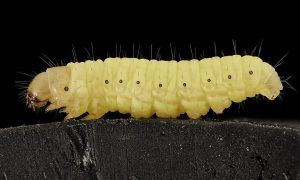 The technique of using a foil wrapper to cover the stem is also used. And even wax paper works pretty well to keep worms from climbing onto leaves.
The technique of using a foil wrapper to cover the stem is also used. And even wax paper works pretty well to keep worms from climbing onto leaves.
This is especially effective in the spring, when they appear with greater intensity in search of food, affecting crops and gardens. That is why it is advisable to delay transplants and the sowing of any plant species at this time.
toilet paper tubes
It is very useful to cut toilet paper tubes in half, to use them as seedlings. They are filled with a good universal substrate, the seeds are planted inside and placed in a tray.
When the seedlings have already sprouted, then we can take them as they have germinated to the garden for a safe transplant free of stunt worms.
weed control
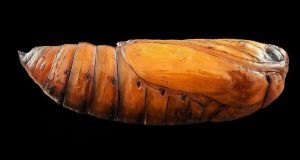 One of the most important recommendations has to do with the management of weeds and grasses.
One of the most important recommendations has to do with the management of weeds and grasses.
They should not be tall or allow them to spread too much in our cultivation and in the garden, because they are the best breeding ground for cutworms to move freely, lay their eggs, reproduce and then climb onto the plants, from tall weed.
It is necessary to regularly weed and check the land, in order to warn the visit of these beings as undesirable as they are persistent.
Whenever the spring season ends, as well as the end of the harvest, it is also very convenient to till the garden, cut the grass in the main area and the surrounding area, in order to destroy the natural habitat of these animals.
Biologic control
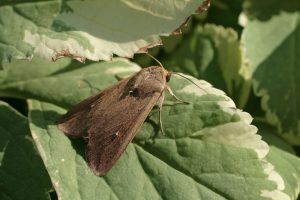 One way to exercise biological control is with the help of fireflies, experts in hunting worms.
One way to exercise biological control is with the help of fireflies, experts in hunting worms.
It is one of the best natural predators of the cutworm, but it is also a fabulous insect that will bring fun to the family, especially children when it turns on its natural cocuyo and lights up at night.
Another way to apply effective biological control is with the development of natural water feeders and drinkers for birds, because birds are also excellent natural predators of cutworms.
Species such as blackbirds, bluebirds, jays, sparrows and wrens are perfect because they feed on cutworms.In branch stores, they sell nematodes, which are also great predators of these worms.
Other animals that feed on cutworms are: Moles, toads, loicas. If you can locate one in your garden, rest assured that it will be clean of all kinds of worms.It would be a real crime to break this wonderful sequence of the food chain.
Hence, organic pesticides are preferable to chemical ones, since crops are safe food for these worms.That is why dishwasher-type soap without bleach is also used, as another effective method to scare them away from the vicinity and at the foot of the plants.
What are the best products to eliminate cutworm?
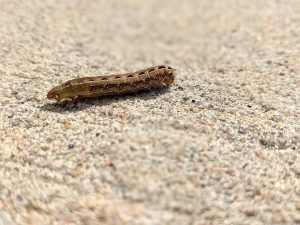 Chemical-free insecticide solutions will always be preferred.
Chemical-free insecticide solutions will always be preferred.
We will find a good answer after spraying alternate coffee beans and eggshells around the plants. They will keep not only worms away, but other critters as well.
Using diatomaceous earth and powder is great. Ground fossils are effective at killing insects as they walk over them. Cutworms will die of dehydration thanks to this effective method of combat.
Another effective formula consists of applying a natural insecticide, Bacillus thuringiensis, although we must bear in mind that this bacterium can go beyond the extermination of cutworms and also affect pollinating butterflies.
That is why it has to be applied under strict control.When a plant infestation has started, ideally go out to hunt for cutworms at night.
With the help of a good flashlight, some tweezers and a bucket of soapy water, we can manually extract each worm one by one, and then throw them into the bucket to die.These periodic reviews are quite effective, especially in the summer.
Finally, before using any pesticide, it is preferable to irrigate the affected areas with cornmeal , one of the favorite flavors of cutworms, but it damages their digestive system and they end up dying due to intolerance to this food. That is much better than using any type of pesticide in your garden.

![Photo of Sowing a Fig Tree: [Cultivation, Care, Irrigation, Substrate and Pests]](https://www.complete-gardening.com/wp-content/uploads/2021/06/IMG_3897-scaled-1-390x220.jpg)

